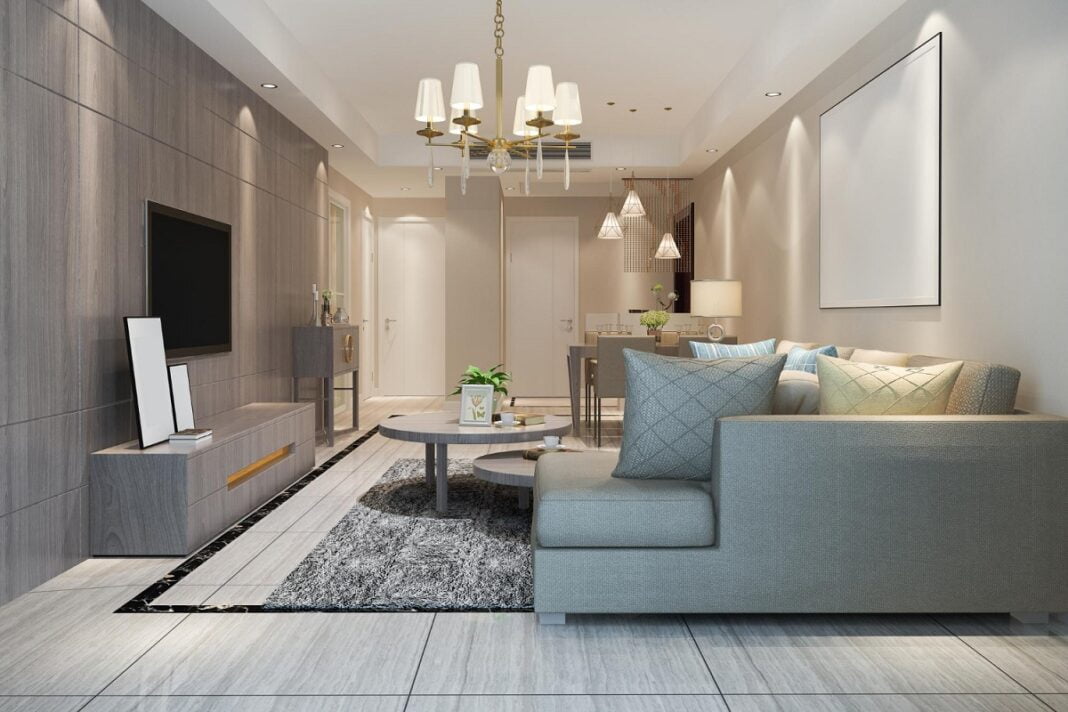If you have found yourself in the field of interior design, you might have noticed that some of your projects don’t quite measure up to others. If this is the case, you might be making simple design mistakes that are easy to avoid. If you are looking for ways to improve your interior design renderings, read on. This post will provide you with four easy design mistakes to avoid.
1. Check for Lighting Errors
Lighting sets the tone for many artistic projects, and your rendering is no different. If you feel as if your rendering is a little “off,” check to see if you’ve made a lighting error. For instance, if your rendering does not show attention to the details you worked hard to include, it’s possible that you made it too bright. On the other hand, if you feel a sense of dullness after looking at your rendering, your lighting effects could potentially be too dark. Try to play with different types of lighting or to soften the light with natural shades instead.
2. Make Sure You Aren’t Applying Too Many Elements
In the world of interior rendering, it’s important to incorporate critical details, such as the texture of wooden floors or the pattern of the curtain you’d like to use. However, if you apply too many elements, it can become visually noisy for a viewer or soon-to-be client. Make sure the concept of your design is not washed away with an overapplication of design elements.
3. Review Your Color Palette
Color is a major selling point for many reasons. To start, color is a preference that many clients will begin stating. If you mistakenly avoid using these colors, you’re going to steer far away from their expectations. However, overuse of color is a probability, and you won’t want to overdo it so that your rendering looks unrealistic. The purpose of your rendering is to provide your clients with a photorealistic outcome of your proposed design, which will entice them and draw them in. If your color palette has too much color, your render might appear more cartoonish than realistic, leaving your client to wonder if it will look strange in person.
4. Pay Attention to Areas that Require Texture
Never forget how important texture is when it comes to your rendering. Just like color can make a rendering appear unrealistic if it is overused or improperly applied, the same goes for texture. Common parts of your rendering that require texture include floors, curtains, furniture, and materials. Feel free to add cracks in the wood that make it appear lifelike and believable, as long as the end result is attractive and appealing to your client. When a rendering lacks texture, it can also appear unrealistic in the way that an abundant color scheme would.
There are plenty of interior design rendering mistakes to avoid out there, but if you can manage to keep a close eye on them, it can save you plenty of time while you create. Try to avoid these four common interior design mistakes and watch yourself have more time to take on other client renderings.


